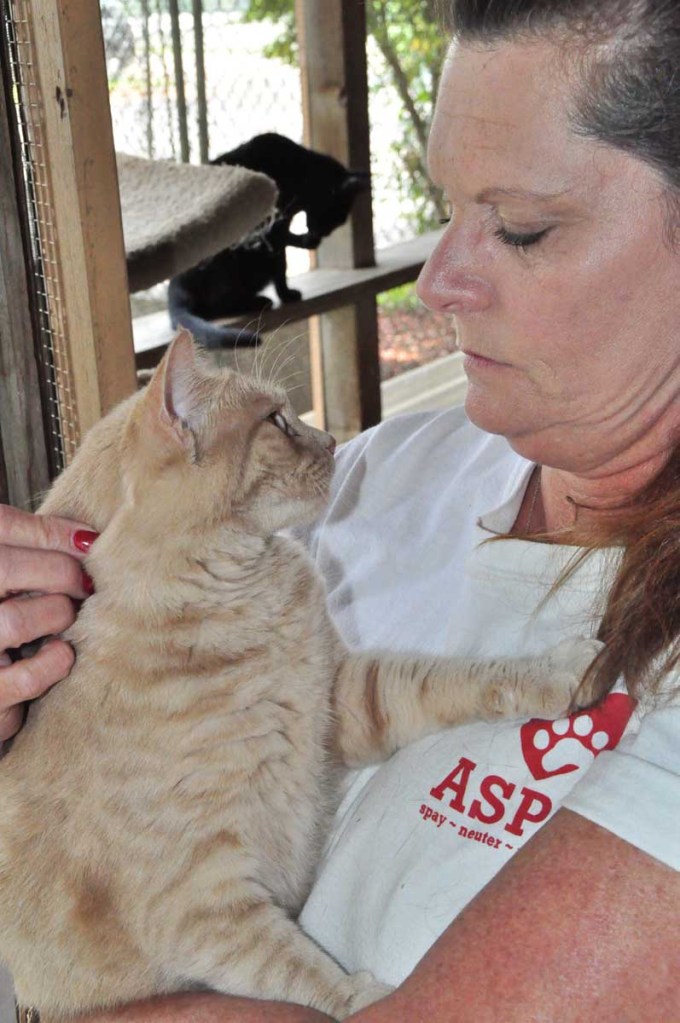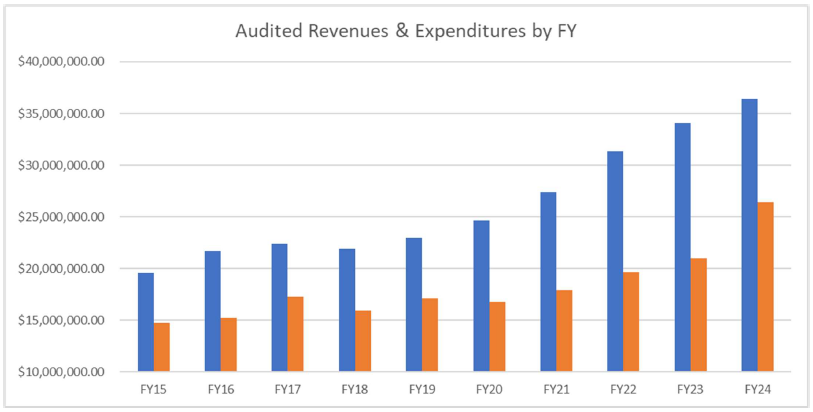ASPCI prepares for new chapter; City details what residents can expect from new operation
Published 1:15 pm Thursday, September 10, 2015

- ASPCI Shelter Manager Melissa Hull holds Sandy, one of the eight cats remaining at the shelter in Pell City.
At the Animal Shelter of Pell City, Inc., the population is thinning. The puppy room is empty. The once-full runs of dogs ready for adoption are sparse in sections. The cat patio only has a handful of residents.
“It’s kind of quiet in here,” Shelter Manager Melissa Hull said as she walked past the chain link doors, pointing to multiple dogs that were on their way out that day to rescue programs.
Trending
As of Tuesday, Sept. 8, only four days were left to adopt from ASPCI, and 18 only animals remained at the shelter looking for homes — 10 dogs and eight cats. As the nonprofit prepares to vacate its facility near the airport in Pell City, volunteers have kicked their efforts in to overdrive.
In the month of August, more than 100 animals have found their way into rescue or foster programs, including more than 20 last Sunday alone. The goal, ASPCI Board President Barbara Wallace said, is to have all animals ready for adoption clear of the facility before the City of Pell City moves in on Sept. 15.
When that happens, City Manager Brian Muenger was clear on what residents should expect.
“We will not be coming in there and blanket euthanizing these animals,” he said.
The beginning of the City’s takeover of the shelter
Pell City terminates ASPCI contract
Trending
City plans future of shelter without ASPCI
ASPCI’s exit
Wallace said ASPCI’s operation would continue after it leaves the shelter facility. The organization will still hold its annual Fur Ball and regular yard sales, and the money it raises from those events and receives from donations will fund population control, foster and rescue efforts in the area.
ASPCI is revamping its website, where area residents will soon be able to purchase SNAP certificates that help pay for spay and neuter services.
Over the next three days, the organization still has surgeries scheduled for some of its remaining animals, and it’s adoption rate will remain at $75 — down from $125. It’s volunteers and staff are working tirelessly to find homes for the remaining few.
Wallace said the new chapter would give the organization the ability to focus more on finding permanent homes for animals, now that it won’t be devoting a significant portion of its resources to impoundment.
“Without the challenges impoundment brings, it means we can do more of the things that bring joy to both our volunteers and the animals,” Wallace said.
The new operation is without a brick-and-mortar location for now, but Wallace said efforts are underway to find a new home base in the city.
“We’ll be seeking new grants and donations to fund our future,” she said. “I believe we’re soaring to new heights.”
City’s entrance
The new model of Animal Control in Pell City will strongly resemble ASPCI’s, with a couple exceptions. First, Muenger said the City will not be spaying and neutering every animal before putting it up for adoption. This will keep the cost down. Instead, those adopting from the City will sign contracts that place legal requirements on them to seek the service through other providers.
Like the ASPCI, the City plans to continue to microchip animals and perform an array of health screenings during the mandatory seven-day hold, but eliminating surgery allows the City to reduce the fee schedule. At the onset, adopting from Pell City Animal Control will be $50 for cats and kittens and $65 for dogs and puppies.
“I believe by putting out lower initial adoption rates we will see more interest in the animals,” Muenger said.
It’s also possible the days of operation could change. As the City designs its operations model, Muenger said he’s considering a five-day week, possibly closing on Sunday and Wednesday. This would allow for easier scheduling of part-time employees.
The City’s operation will supplement its two full-time and two part-time employees — two of which are former ASPCI employees — with fine-based or inmate labor. At the helm, the City has hired Shannon Van Scoy, former director of the Calhoun County Animal Control Center. Muenger said her experience in the field and knowledge of a shelter’s legal requirements were deciding factors in bringing Van Scoy on.
Other decisions about operation moving forward still need to be made though, and most will be based on one thing — volume. Muenger said the tentative operations model is designed around an intake 5,000 animals a year, and the City will closely monitor where those animals are coming from to prevent the overload on the facility and staff.
Muenger said the City is still seeking partnerships with rescue and foster organizations in the area, as the facility’s live-release rate is important to him. He said he believes the City is poised to build strong relationships in these areas.
“The City deserves the chance to do this, and I believe we’ll do it well,” he said.




